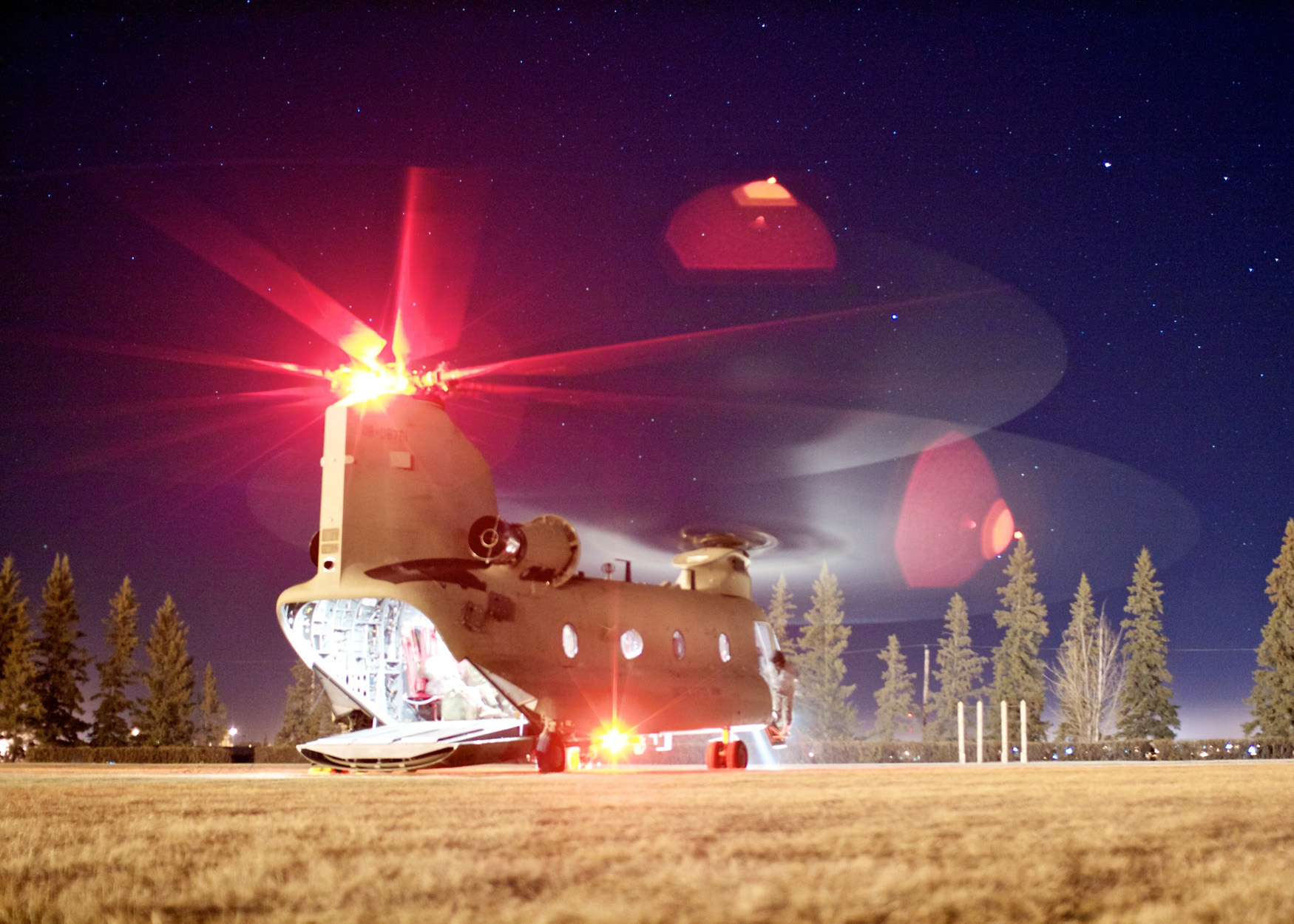 By Stefan Bocchino
By Stefan Bocchino377th Air Base Wing
KIRTLAND AIR FORCE BASE, N.M. – Air Force Col. Paul W. Tibbets IV, the Air Force Inspection Agency’s commander, is the grandson of retired Brig. Gen. Paul W. Tibbets Jr., the pilot in command of the "Enola Gay" when it dropped the atomic bomb on Hiroshima, Japan, on Aug. 6, 1945.
Tibbets said that while growing up he was aware of his grandfather’s World War II accomplishments. His father spent a 30-year career in the Army reserve as a pharmacist and hospital administrator, he said, retiring as a colonel.
"My father had the biggest influence on me joining the Air Force," Tibbets said. "When I was in 9th grade, I became involved in youth service projects. It was a passion of mine to serve. My father said ‘You seem to be very interested in serving -- what do you want to do with your life?' I told him I was interested in serving, and he told me to look into something like the ROTC or service academies."
Tibbets applied to the service academies and was accepted to the Air Force Academy, where he spent four years.
"The time that I spent with my grandfather was very limited growing up," Tibbets said. "It was an honor being a Tibbets, and I will always consider him a hero. The last time I saw him before leaving for the Air Force Academy, he told me, 'Paul, just remember, people are going to know you because of who I am. You be who you are and don't worry about who I was.' What I found out later was that he was really concerned his service would somehow have a negative effect on my career. I took his advice to heart the best I could."
Tibbets said he was interested in flying at the academy. Following graduation, he was selected to attend pilot training.
"There was no favoritism when I was chosen for bombers," Tibbets said, who has been in the Air Force for 22 years. "The Air Force can't afford to put someone in a job for which they're not qualified. I was told that it wasn't because of who I was, but because it was the best fit."
During World War II, General Tibbets flew B-17s in Europe. Later in the war, he returned to the United States to test-fly the B-29 Superfortress. He was selected to command the 509th Composite Group that was connected to the Manhattan Project. On Aug. 6, 1945, he flew a B-29, which he dubbed “Enola Gay” after his mother's name, during the bombing of Hiroshima.
"Even though there was controversy over the bombings of Hiroshima and Nagasaki, my grandfather said he never lost one minute of sleep," Tibbets said. "He emphasized that, 'My country asked me to do something, and I set forth with the men in the 509th Composite Group to accomplish it to the best of our ability, and it helped bring the war to an end.' It is interesting being a senior officer now and thinking about the challenges those men went through. They never lost focus on the mission they were to carry out, and they did it beautifully."
Tibbets was previously assigned to the 509th Bomb Wing at Whiteman Air Force Base, Mo. That was the same unit his grandfather commanded during the bombing of Hiroshima.
"I competed to go to the 509th and was selected," the colonel said. "It was quite an honor to be in that organization. It's a highly skilled, highly capable organization with a very unique mission. Later, I was selected to command."
He commanded the 393rd Bomb Squadron, an operational squadron of B-2 “Spirit” aircraft at Whiteman, within the same wing his grandfather commanded.
"The wing commander made the decision that commanding the unit was where my skills were needed," Tibbets said. "It was one of those opportunities that the Air Force has given me, to command an operational squadron, and I'm obviously honored and thrilled to be a part of something like that. You add on that it was my grandfather's squadron and it meant just the world to me. Just as my grandfather did, I was focused on serving those entrusted to my command to the best of my ability. I thought, 'I won't let them down, I can't let my grandfather down, and I don't want to let my Air Force down.'"
General Tibbets died in Columbus, Ohio, on Nov. 1, 2007, at 92.
"It is a real privilege to serve our great nation, being part of something bigger than ourselves," said Colonel Tibbets, who took command of AFIA in July. "I am so proud of all our airmen and joint partners, who are a very small percentage of all Americans who are wearing the uniform and defending freedom. I love it."
(EDITOR’S NOTE: This feature is part of the "Through Airmen's Eyes" series on AF.mil. These stories and commentaries focus on a single airman, highlighting their Air Force story.)









